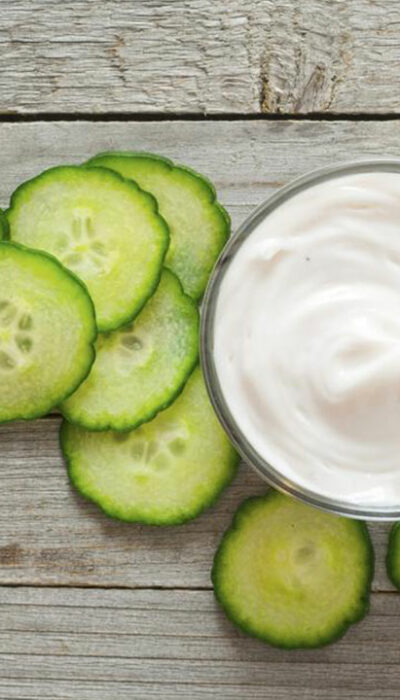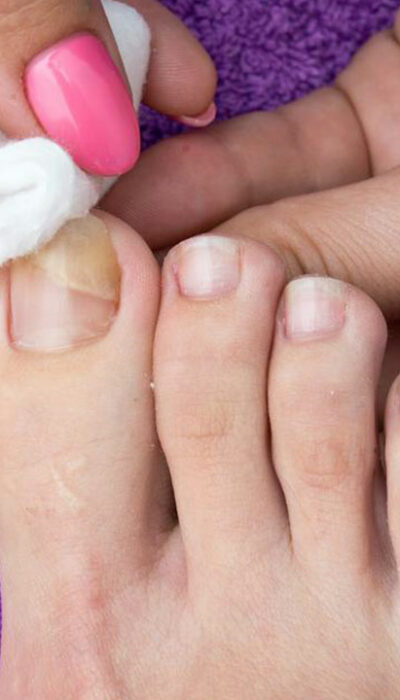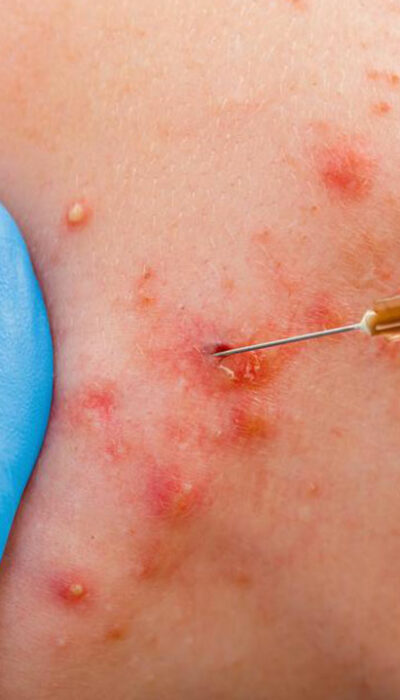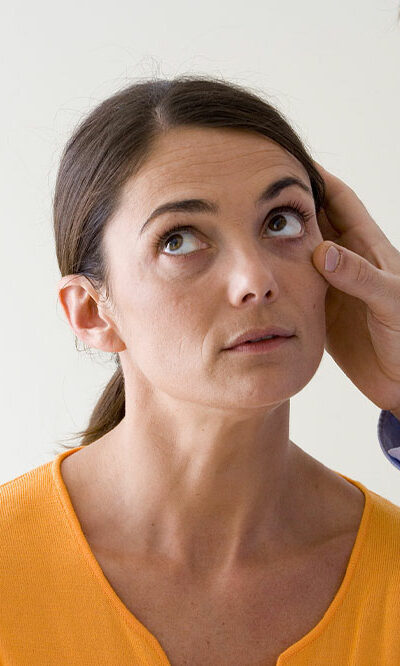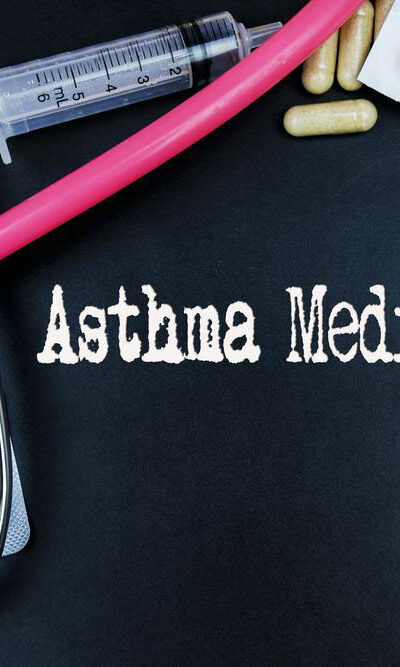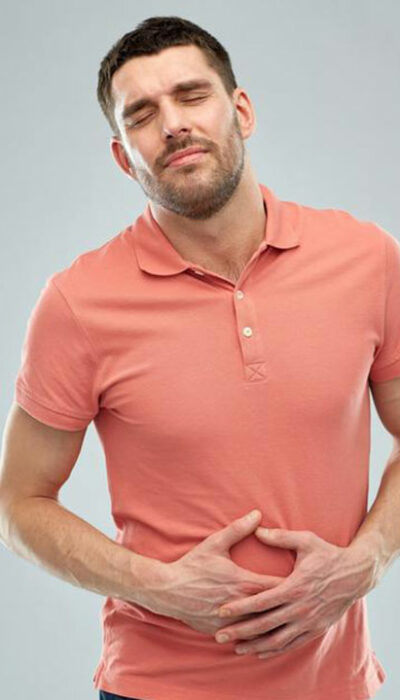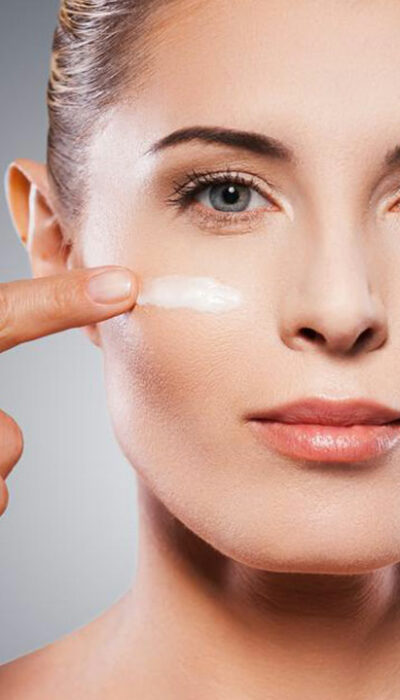
Effective Ways to Get Rid of Adult Acne
Adult acne is definitely an irritating and frustrating problem for many people. As a teenager, you might have done acne treatment, but they may not necessarily work to treat your adult breakouts. However, you can get rid of this problem with right care and good adult acne medication. Creams, cleansers, and lotions are good for mild acne for adults. When pimples begin to appear, most people run towards skin care creams and lotions. If your acne is mild in nature, you can find a solution with these creams and other products. The important thing is that you must select the right products for your skin especially when you are seeking medication for adult acne problems. Whenever you are out shopping, make sure that the product you purchase contains tried and tested acne treatment ingredients such as sulfur, salicylic acid and benzoyl peroxide so that they may help as a medication to adult acne issues. The most prominent one is the benzoyl peroxide. You can select creams, lotions, toning solutions or cleansers but the ingredients must be high quality and the guidelines in the package should be followed strictly. If your skin does not contain too much oil, you do not have to purchase skin care products geared towards teenagers. Seek medical help if results are not visible Over the counter medications can bring some relief from adult acne problems. If you find the results not that much impressive within 10 to 12 weeks, there is no point in continuing with these types of products. It is always advisable to consult a dermatologist for a more powerful prescription medication for adult acne issues. Prescription topical Acne medications You can find a wide range of prescription medications that can be used to treat acne. Topical retinoids Topical retinoids are certainly a good medication to get rid of your adult acne.
